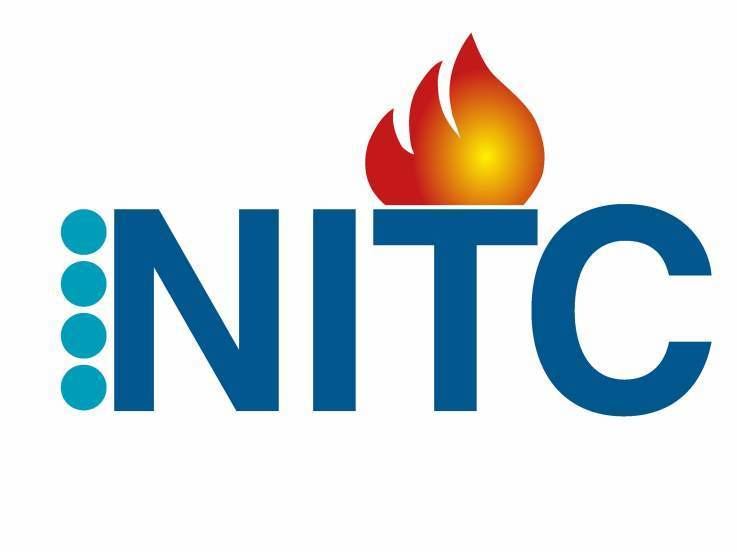Founded 1955 | ||
 | ||
Parent organization | ||
National Iranian Tanker Company (NITC) is a subsidiary of the National Iranian Oil Company, which was privatized in 2009. As of 2011, NITC was owned by funds managing pensions for 5 million Iranians. It is the biggest tanker company in the Middle East and in the world. The company transports Iranian crude to export markets and also engages in cross-trading of crude oil cargoes for some 150 oil majors worldwide, including Royal Dutch Shell, Total SA, Saudi Aramco and state-run producers in Kuwait and Abu Dhabi. NITC has a capacity of 11 million tons per year.
Contents
Facts and figures
Fleet
As at 2010, the company operated 28 Very Large Crude Carriers (VLCC), nine Suezmax and five Aframax tankers. It also owns three chemical vessels and a liquefied petroleum gas (LPG) carrier. As of January 2011, NITC has 46 tankers with an annual capacity of 10.6 million tons to be increase to 12.5 million tons by the end of the year. As at 2012, NITC with 40 tankers of 100,000 to 300,000 tons, does not have the long-distance capacity for more than 2 million barrels (300,000 tons) a day in exports.
Expansion
NITC has a huge project for replacing tankers, including the construction and purchase of 25 tankers with a total capacity of 6 million tons. In 2009, Iran and South Korea's Daewoo signed a $128-million contract on tanker supply with a capacity to carry 2.1 million barrels of crude. The state-owned enterprise says it has ordered 16 other oil tankers that will join its current fleet of 45 carriers by 2011.
NITC expects by 2013 to have 74 ships of all sizes, including very large crude carriers, or VLCCs, and also smaller vessels. NITC will operate 50 VLCCs at that time, up from 28 in 2010. As at 2011, NITC ranks as the fifth-biggest tanker operator worldwide, with a total of 43 ships. Over the next two decades, Iran would need 500 new ships, including 120 oil tankers, 40 liquefied natural gas (LNG) carriers and over 300 commercial vessels.
In 2009, in a move aimed at further enhancing Iran's shipbuilding industry, President Mahmoud Ahmadinejad said he will ban the purchase of foreign ships by Iranian organizations.
